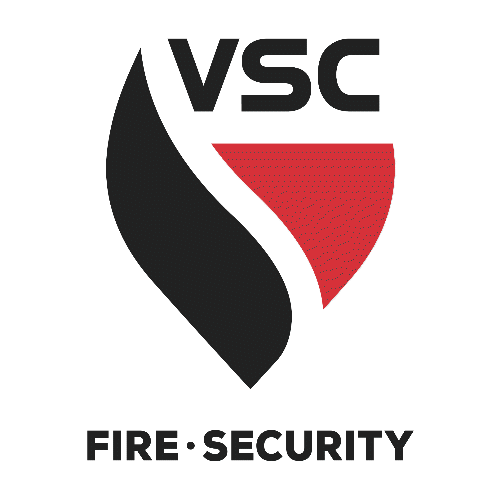The American National Standards Institute (ANSI) requires the employer (VSC) to ensure that employees who operate, occupy and supervise MEWP’s are trained, qualified and authorized in the intended use, safe operation, inspection, maintenance and familiarization for each different model and classification of MEWPs. To ensure compliance with these new standards and to prevent potential accidents and OSHA citations, VSC Risk Management is publishing this notice of responsibilities for VSC Field Supervisors who supervise MEWP operations.
SUPERVISOR RESPONSIBILITES:
- Complete MEWP supervisors training.
- Verify through documentation that the operator is trained and authorized in compliance with new ANSI requirements for the specific equipment used on the job site. Note: Operators who have not attended training that complies with the new ANSI A92 MEWP standard are not allowed to operate any MEWP. Contact VSC Risk Management for verification of Operator’s certification.
- Verify through documentation that Temporary Employees under your supervision are trained and authorized for the specific equipment in use at the job site in accordance with the new ANSI A92 standard.
- Perform hazard assessment of work site conditions and job tasks and choose the correct MEWP for tasks and site conditions.
- Know the rules, regulations and standards that apply to the MEWP for the work performed.
- Know the hazards associated with the use of MEWPs and the means to protect against hazards.
- Ensure both Operator and Occupants have PPE and the correct fall protection equipment.
- Establish a fall rescue plan.
- Investigate, document and notify the GC or Owner and VSC Risk Management of accidents including fall rescue.

When performing Hazard Assessment, you must assess tasks, conditions and the work environment. Consider this example:
- Is the MEWP the right height? Does it have the correct reach & load capacity?
- What are the site condition hazards?
- Can pedestrians present a hazard?
- What are the job task hazards?
- Any utilities or ductwork in the way?
- What are ground or floor conditions?
- Obstructions, holes or unlevel areas?

What are the fall hazards these users
created? How will you correct?
Remember: The Supervisor is also responsible for operator and occupant behavior.

Note: The Chain is not connected and the Operator is not tied-off. What do you do?

Importance of a Rescue Plan
Well, the fall protection worked.
Now What?
